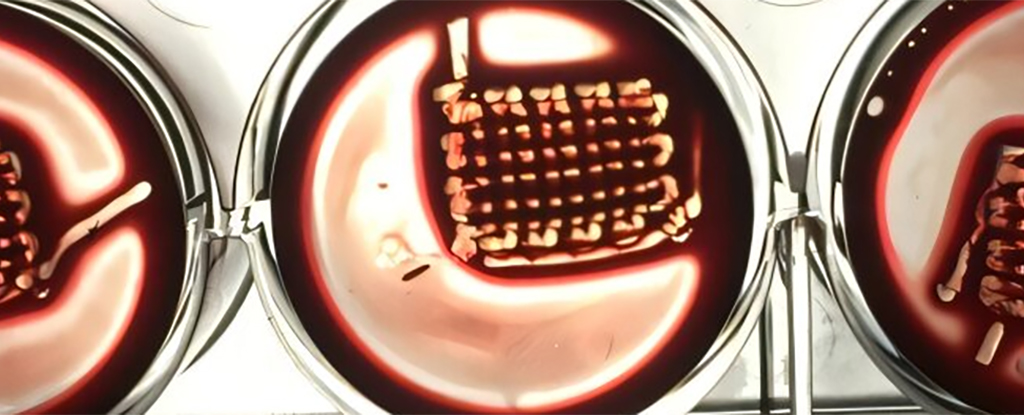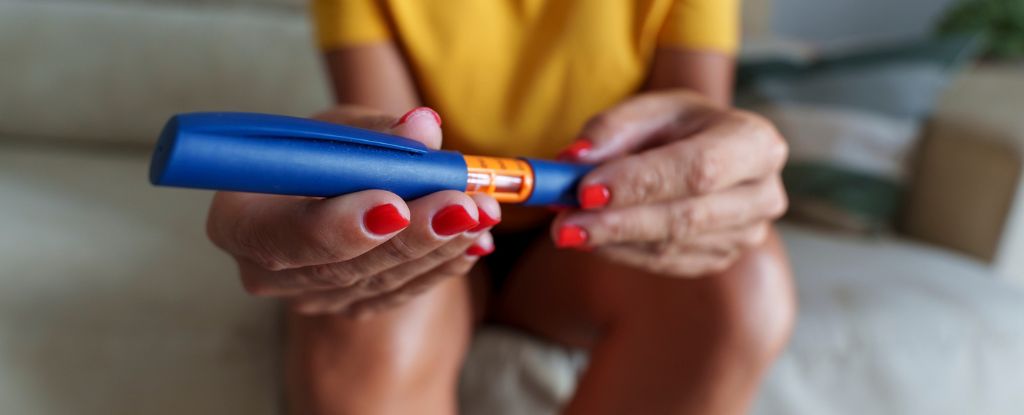When skin tissue is wounded, our blood starts clotting as part of the healing process. Scientists have now developed a blood-based implant that supercharges this mechanism for bigger repair projects: broken bones.
The international team of researchers behind the implant calls it a “biocooperative regenerative” material: it uses synthetic peptides to improve the structure and function of the barrier naturally formed by blood when it clots.
In tests on rats, the gel-like substance – which can be 3D-printed – was effective in repairing bone damage. If this can be adapted and scaled up for human use, it has huge potential as a way of boosting the body’s natural healing processes.
“The possibility to easily and safely turn people’s blood into highly regenerative implants is really exciting,” says biomedical engineer Cosimo Ligorio, from the University of Nottingham in the UK.
“Blood is practically free and can be easily obtained from patients in relatively high volumes.”
A key component of clotting blood is the solid regenerative hematoma (RH), and this was the main focus of the research. Custom molecules called peptide amphiphiles (PAs) were developed in the lab, which help guide and enhance what the RH does naturally.
When added to human blood, these molecules safely ramped up the clotting process. The researchers were able to get the nanofibers of the PAs to link with the scaffolding of the RH, for example, guiding the creation of stronger structures.
Using PAs added to the animal’s own blood to create the material, the team was able to successfully repair small bone defects in the skulls of rats.
Different types of cells that are key to the repair process – including mesenchymal stromal cells, endothelial cells, and fibroblasts (which help form connective tissue) – were observed to be active in the new implant material.
“By exploiting non-selective and selective PA-blood interactions, the material can be immediately manipulated, mechanically tuned, and 3D printed,” write the researchers in their published paper.
Scientists have long been interested in harnessing the body’s natural repair processes to improve medical treatments – whether it’s boosting the immune system, or enhancing natural materials with synthetic components.
Our bodies are actually incredibly clever when it comes to being able to patch up injuries and damage – but these repair processes can sometimes be overwhelmed, and they tend to become less effective as the wear and tear of aging takes its toll.
While it’s very early days for this research, and this is just a proof of concept for now, regenerative approaches like this have the potential to keep us in better health for longer – and may help to counter some of the damage done to the body over time, as well as helping with chronic conditions.
“This ‘biocooperative’ approach opens opportunities to develop regenerative materials by harnessing and enhancing mechanisms of the natural healing process,” says biomedical engineer Alvaro Mata, from the University of Nottingham.
“In other words, our approach aims to use regenerative mechanisms that we have evolved with as fabrication steps to engineer regenerative materials.”
The research has been published in Advanced Materials.





